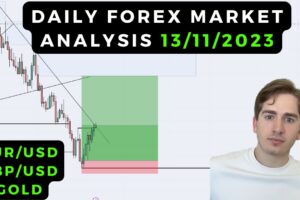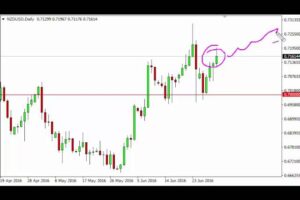In the Asian session, the US currency rose across the board. It has been gaining momentum for the second day in a row. On Tuesday morning, the US dollar increased even more significantly.
The US dollar index, which tracks the greenback against a basket of six major currencies, jumped to 102.3. The economic prospects of the US and China differ considerably these days. It makes investors revise their portfolios, especially due to disappointing Chinese trade data.
The borders of the intraday range of 102.0–102.4 may shift even higher.
The US dollar also grew against the yen, which ended the Asian session on consolidation near 141.3. Following a rise in the yield of Treasuries, the dollar/yen pair advanced to 143.4. Of course, this price is still far from its annual high of 145.07, reached on June 30.
Demand for the greenback is growing, boosting the upward movement of the pair. In addition, BoJ policymakers stated that they intend to maintain an ultra-loose monetary policy at the beginning of this week. All these factors are extremely bullish for the greenback.
Therefore, on Tuesday, the pair was moving in the upward range of 142.3–143.4. The resistance level is located at 143.45. Bulls could push the price to 143.9, a high of August 3.
Commodity currencies, which are sensitive to risk sentiment, sank today because of negative news from China. The Australian dollar snapped its 3-day winning streak, sliding into a negative price corridor of 0.6515–0.6577.
Yet, Wall Street closed yesterday with the first intraday gain in five sessions. In addition, oil prices are still hovering near their 4-month highs. It limited the downward movement of the Aussie. It may even rebound in the American session. The Aussie ended the session below 0.6520.
The kiwi looks like the main outsider on Forex. Against the backdrop of the deteriorating economic prospects and the possible end of monetary tightening by the Reserve Bank of New Zealand, the kiwi is unable to recover.
After the meeting on July 12, it is likely to dip to the lower border of the range. The kiwi/dollar pair has been moving in the range of 0.6000–0.6400 since March. It ended the trading session falling below 0.6520. If it declines below 0.6000, the bearish pressure on the pair will increase even more.
00:00 Intro
00:32 CHINA’S IMPORTS IN JULY
01:25 China
02:50 US Fed
03:41 USDX
04:38 USD/JPY
05:48 AUD/USD
06:32 NZD/USD
FX Analytics –
Forex Calendar –
Forex TV from InstaForex –
Forex charts –
Instant account opening –
Forex Trading Contests –
List of official InstaForex blogs:
#forex_news # asian_session #instaforex_tv











コメントを残す